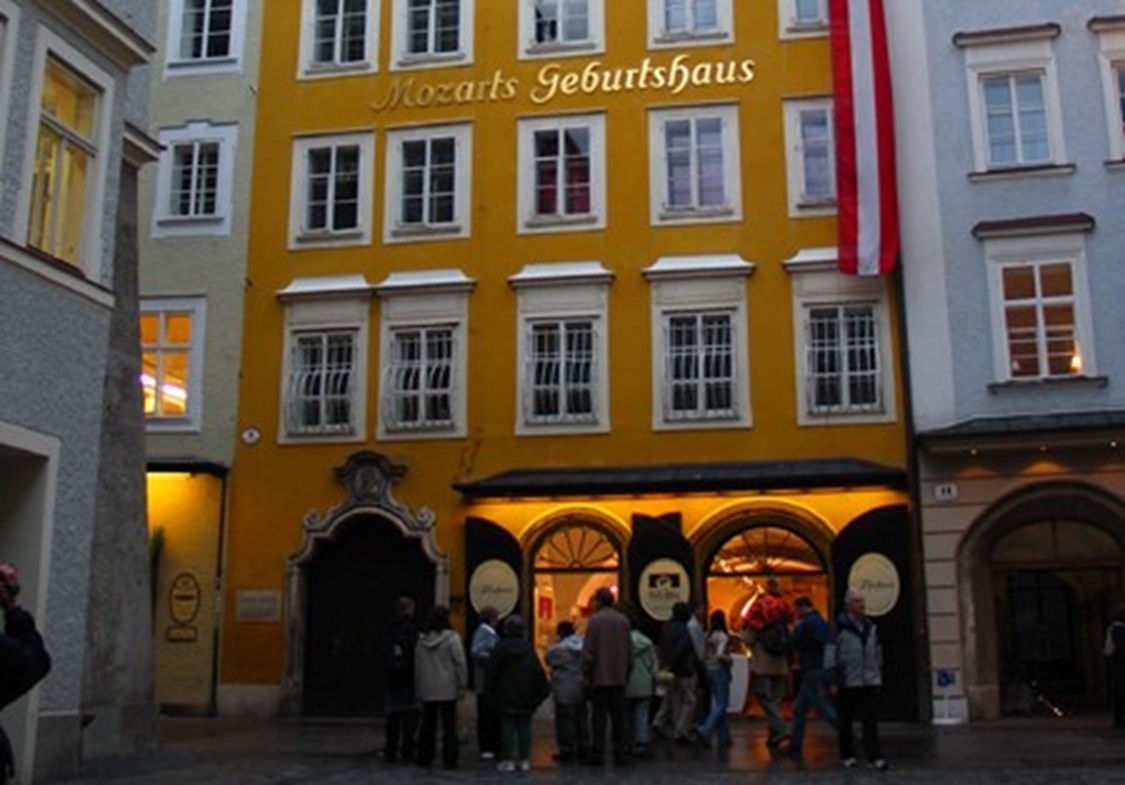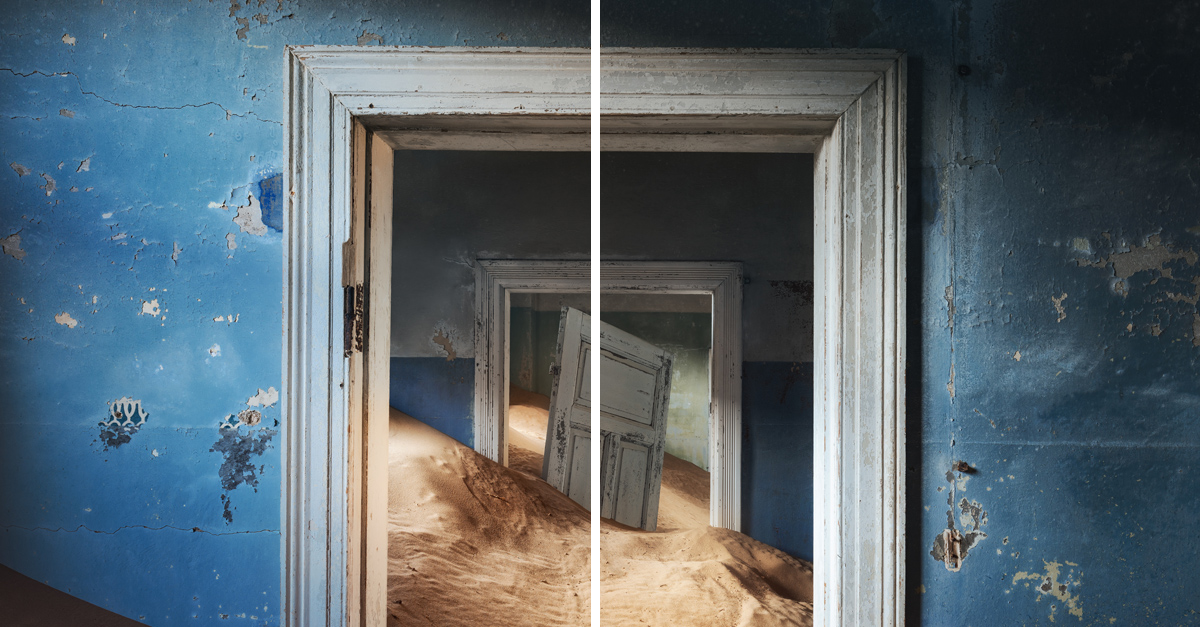The Oldest Buildings In Europe That Still Stand
Europeans tend to build things to last, as evidenced by centuries-old buildings that have withstood conflict and turmoil on the continent. From monarchies vying for power to the German Blitzkrieg that decimated the continent in the 1940s, here are some of the oldest European buildings that stand resolutely against the ravages of time and man.
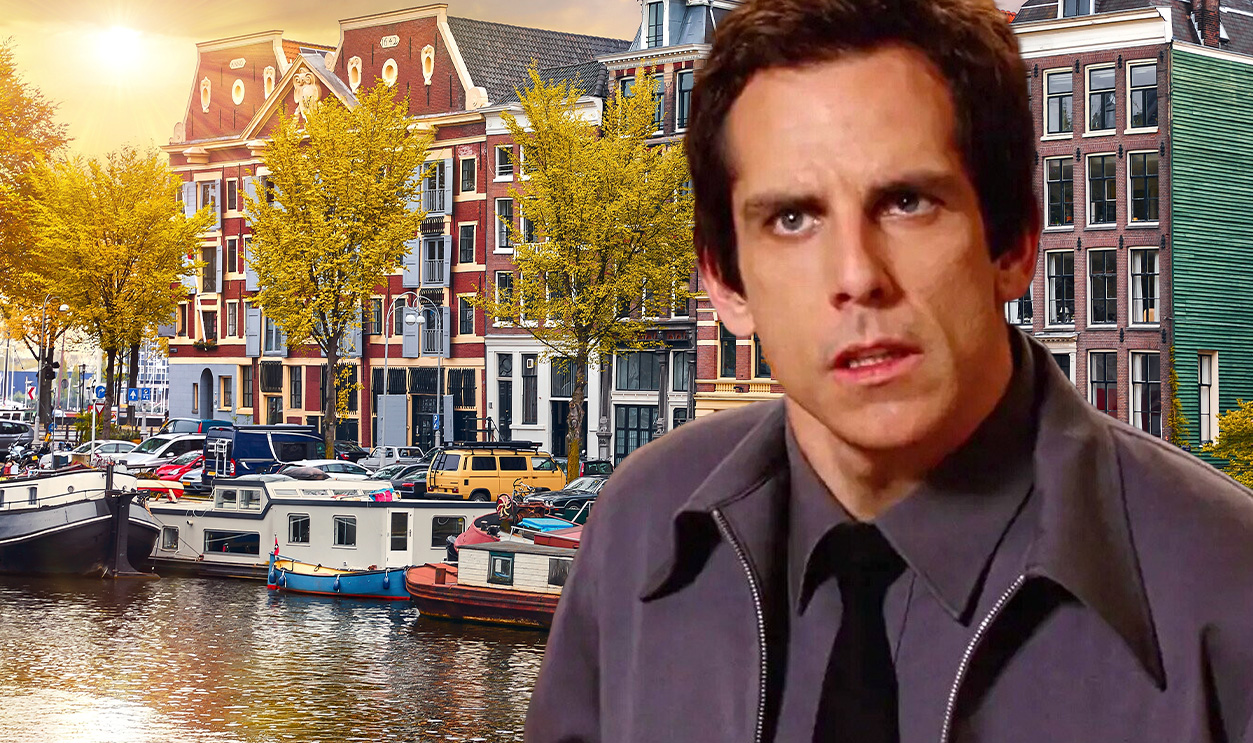
Ye Olde Trip To Jerusalem, Nottingham
Ye Olde Trip To Jerusalem is England's oldest public house, established in 1189 AD in Nottingham, England. The building rests upon Nottingham Castle's foundations, built in 1189 AD. In 1189 AD, Richard the Lionheart became king, and the Third Crusade was launched. Caves in the rock surrounding the pub indicate that it was used as a brewhouse for Nottingham Castle.
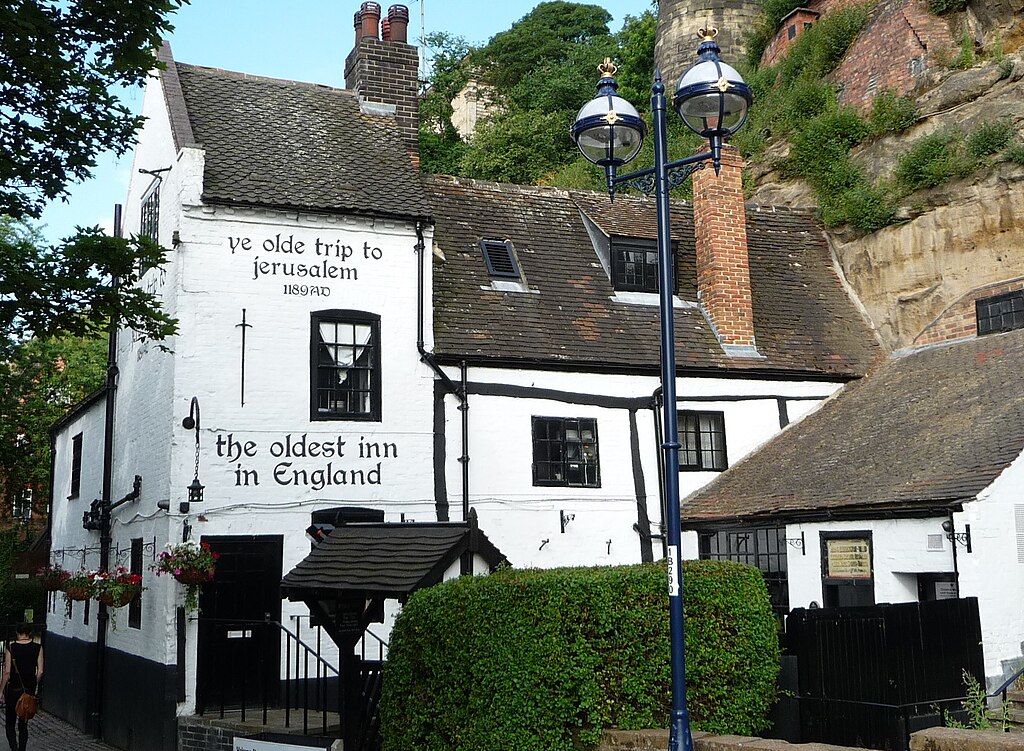 Immanuel Giel, CC BY-SA 4.0, Wikimedia Commons
Immanuel Giel, CC BY-SA 4.0, Wikimedia Commons
41/42 Cloth Fair, London
London's oldest building stands at 41/42 Cloth Fair, built between 1597 and 1614. The home is the only building to survive the Great Fire Of London in 1666.
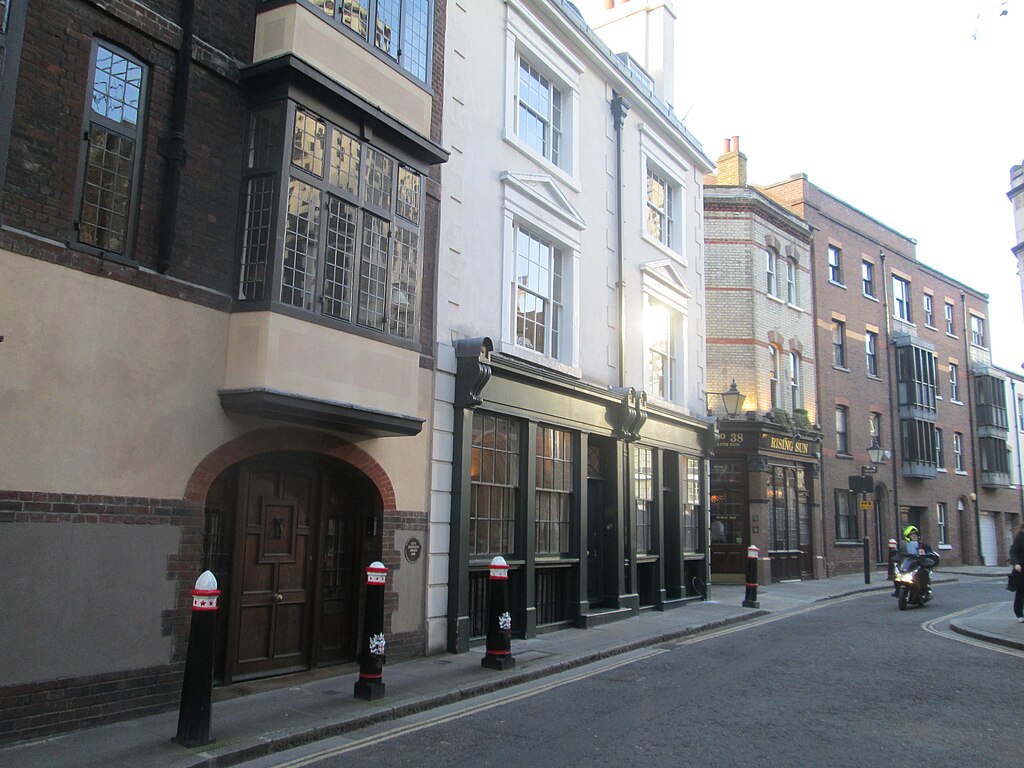 Paul The Archivist, CC BY-SA 2.0, Wikimedia Commons
Paul The Archivist, CC BY-SA 2.0, Wikimedia Commons
Bummerlhaus, Steyr
Located in Steyr, Austria, Bummerlhaus was originally constructed in 1450 during the Gothic period. It features Gothic architecture hallmarks such as a spire, stained glass windows, and ribbed ceiling vaults. Although we don't know what it was used for in the mid-15th century, it is currently a tourism office.
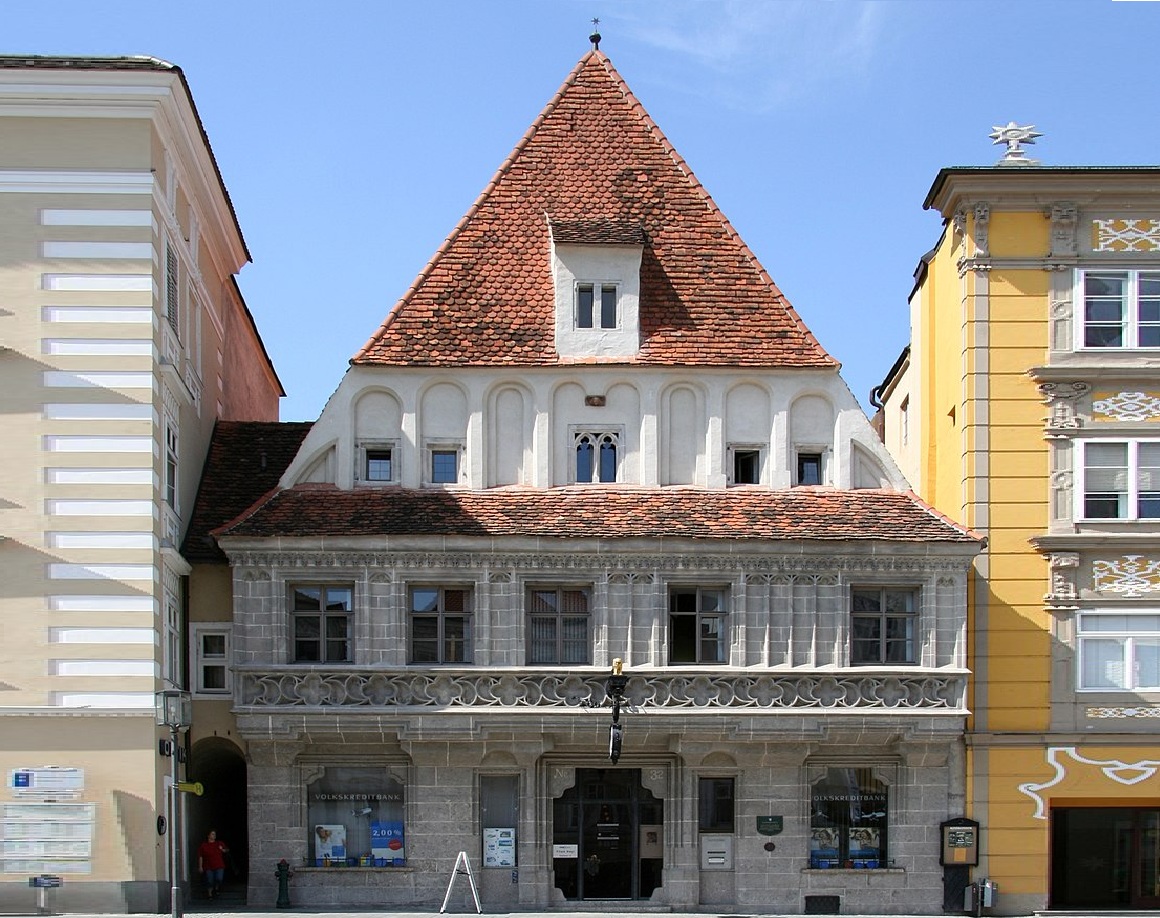 Dralon, CC BY-SA 2.0 DE, Wikimedia Commons
Dralon, CC BY-SA 2.0 DE, Wikimedia Commons
The Spaniards' Inn, London
Located in Highgate, London, the Spaniards' Inn is on Spaniards' Road and still functions as an inn. Established by an innkeeper in 1585, it's said that legendary highwayman Richard Turpin stopped here between robberies and that John Keats wrote "Ode To A Nightingale" in the garden.
 N Chadwick, CC BY-SA 2.0, Wikimedia Commons
N Chadwick, CC BY-SA 2.0, Wikimedia Commons
The Theater Of Marcellus, Rome
Moving away from England, we travel to Italy and the Theater of Marcellus. Established in 13 BCE, the theater was named after the nephew of Augustus, Rome's first emperor, who named the theater in his honor. It ran as the center of Roman dance and song until the 4th century when it fell out of favor and was replaced. During the 16th century, the Orsini noble family built apartments over the top of the ruined theater, but much of the original structure remained intact. Those apartments are still occupied today. Quite a place to live.
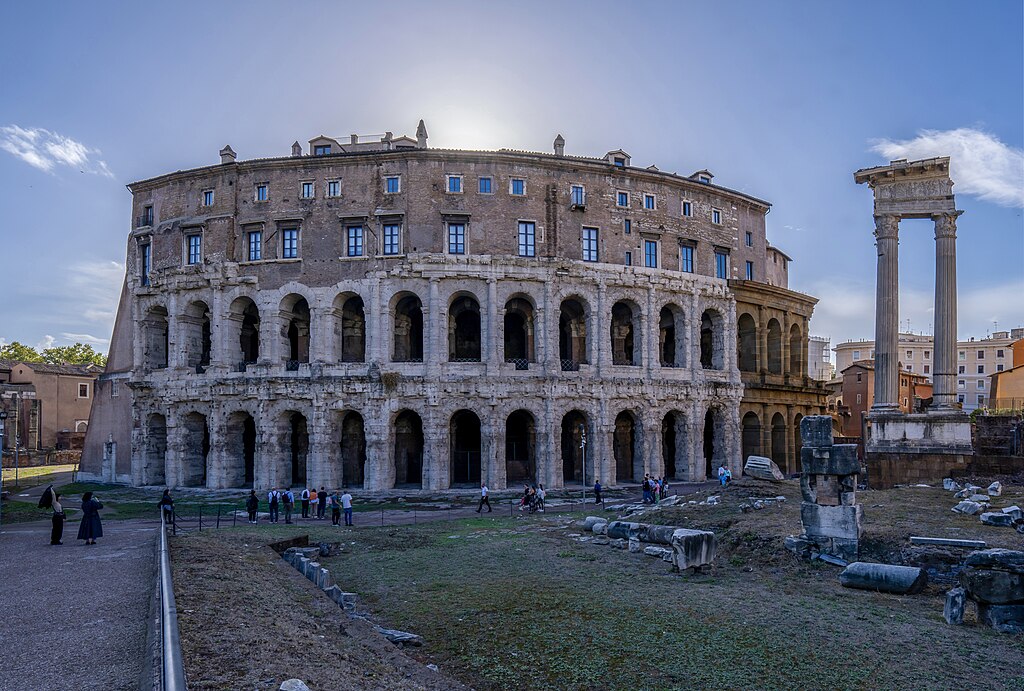 Fiat 500e, CC BY-SA 4.0, Wikimedia Commons
Fiat 500e, CC BY-SA 4.0, Wikimedia Commons
The Oldest Still-Inhabited Wooden House In The World
Located in Kirkjubøargarður in the Faroe Islands, the oldest wooden house in the world dates back to the 11th century. While there are obviously older wooden structures, those were abandoned long ago. The Patursson family has occupied the Kirkjubøargarður house for 17 generations.
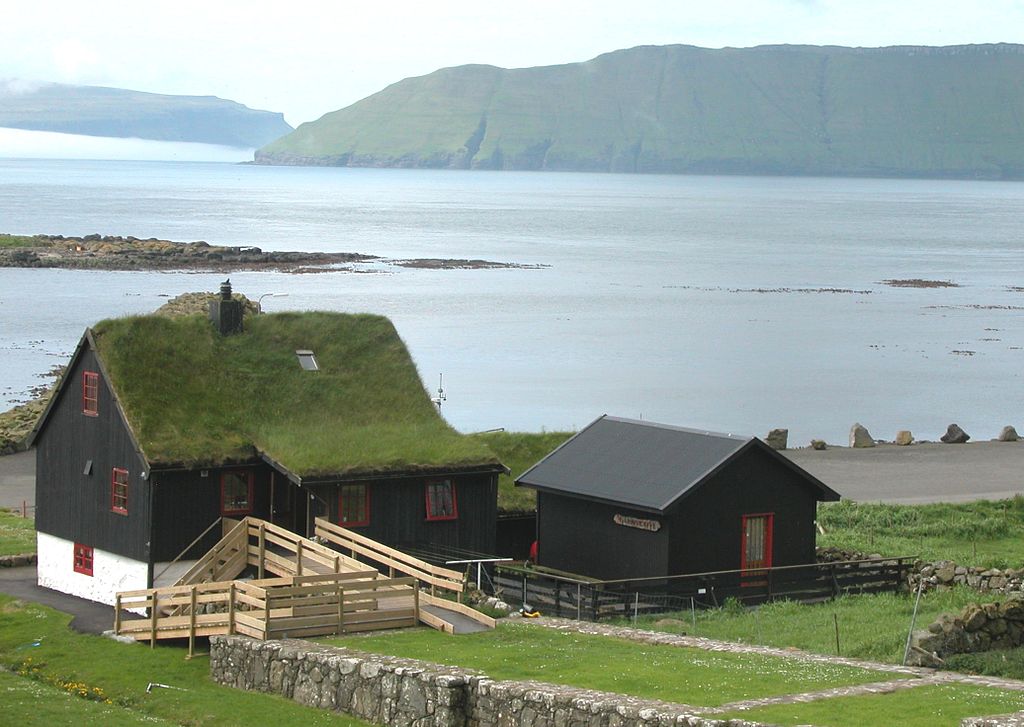 Erik Christensen, Porkeri, CC BY-SA 3.0 , Wikimedia Commons
Erik Christensen, Porkeri, CC BY-SA 3.0 , Wikimedia Commons
Römer 2-4-6, Limburg An Der Lahn, Germany
Located in the German region of Hesse, Limburg an der Lahn is home to one of Europe's most well-preserved and beautiful medieval town centers. But the oldest dwelling? It's known as Römer 2-4-6 and dates back to 1289. It is one of the oldest timber-framed homes in Germany.
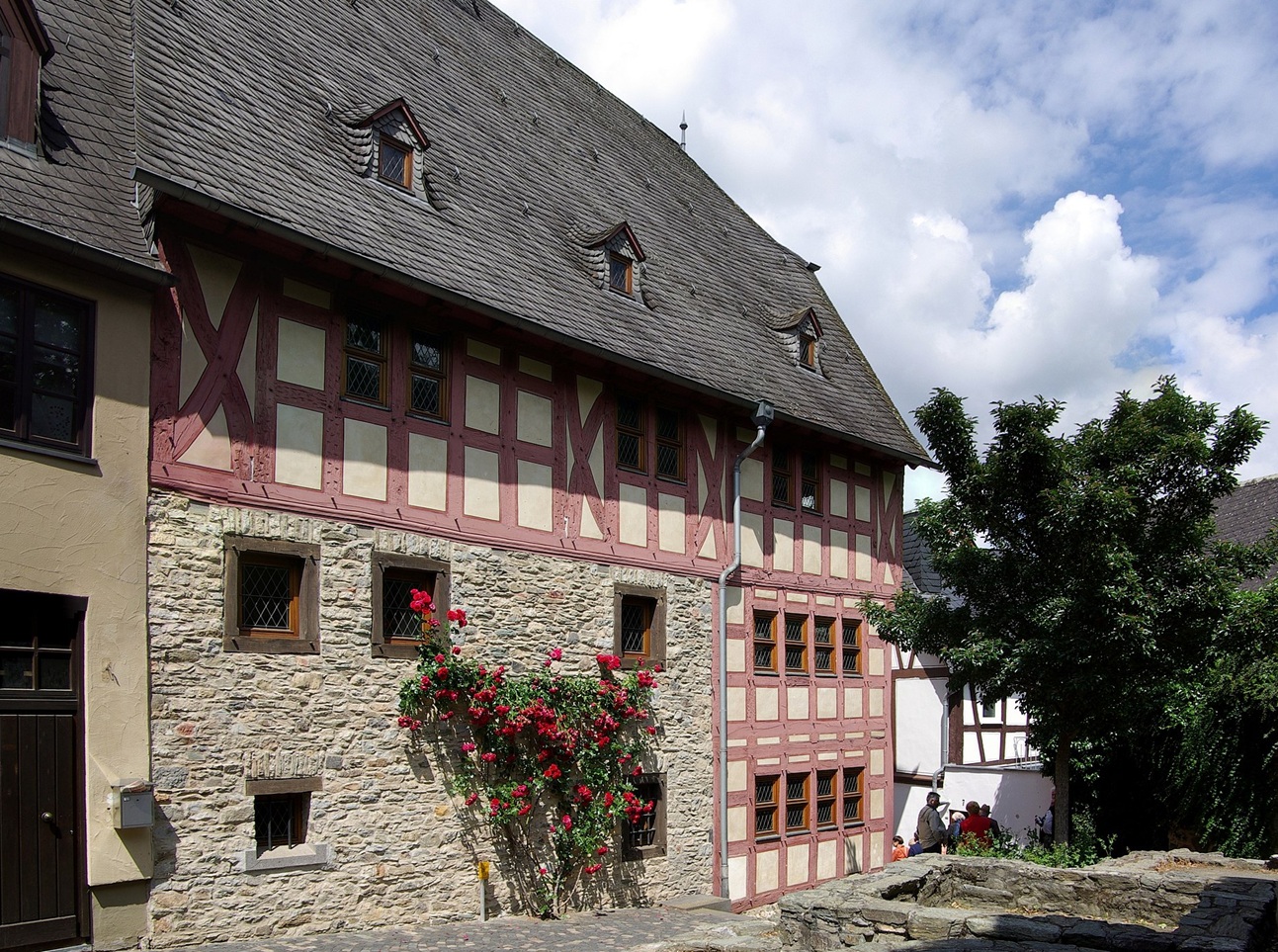 Berthold Werner, Wikimedia Commons
Berthold Werner, Wikimedia Commons
Reginald's Tower, Munster, Ireland
Known as Reginald's Tower, and originally called Raghnall after the Viking occupation, the tower was built by Anglo-Normans following the defeat of Harold III at the Battle of Hastings, which saw William The Conqueror become King of England. It's believed to have been built between the 13th and 14th centuries and is the oldest civic building in Ireland.
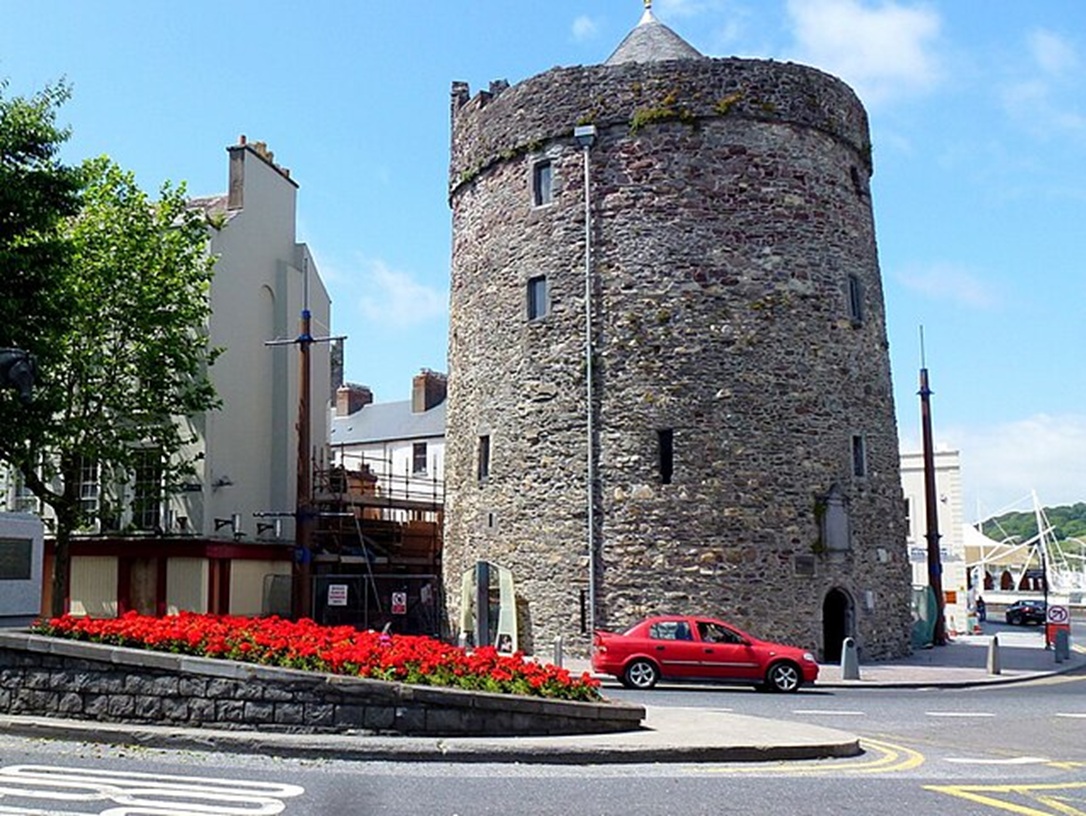 Reginald's Tower, CC BY-SA 2.0, Wikimedia Commons
Reginald's Tower, CC BY-SA 2.0, Wikimedia Commons
Nicolas Flamel's House, Paris, France
Nicolas Flamel was a famous French alchemist and scribe, although exactly what he's famous for is disputed. Among academia, it's widely thought that Flamel's acclaimed invention of the "Elixir of Life" was a 17th-century fiction long after his death. Nevertheless, his house, built in 1407, is Paris's oldest stone building.
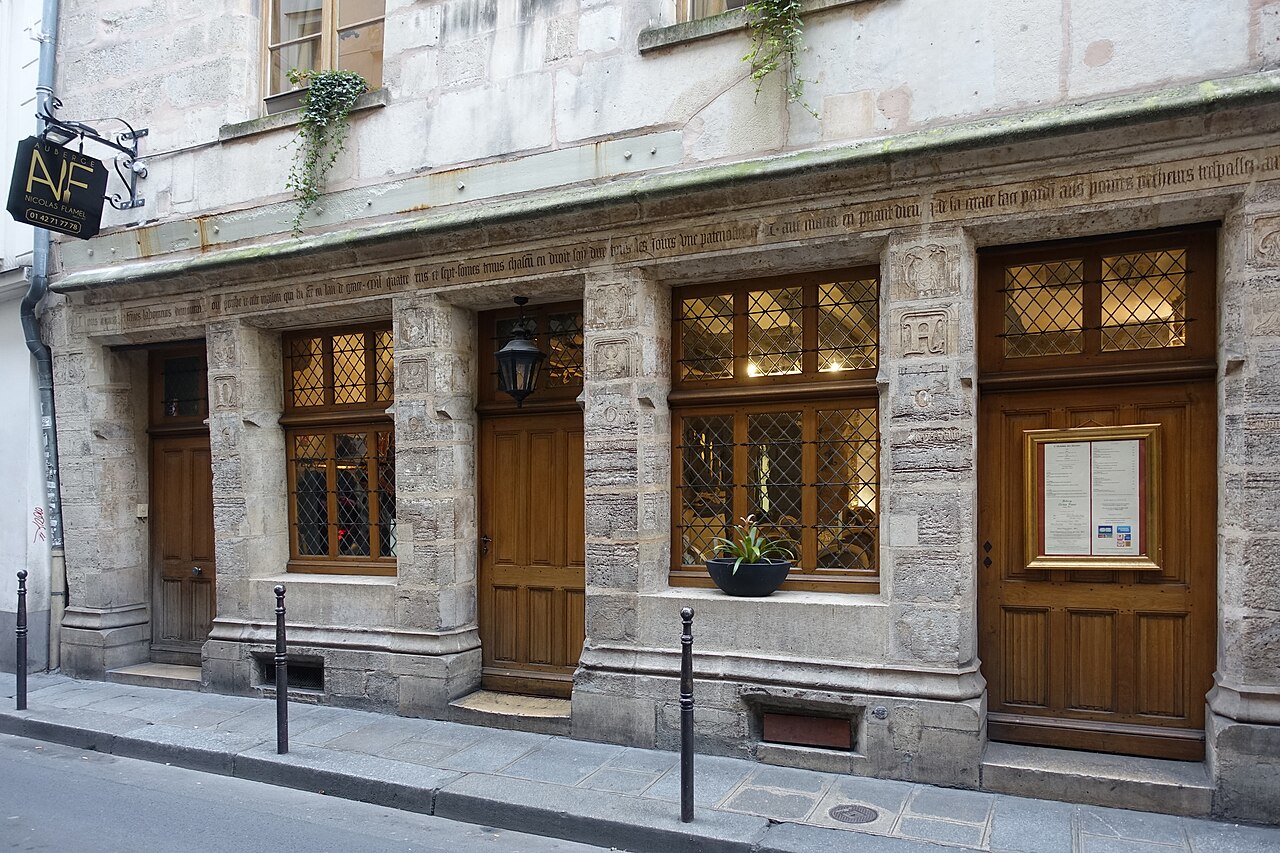 Guilhem Vellut, CC BY 2.0, Wikimedia Commons
Guilhem Vellut, CC BY 2.0, Wikimedia Commons
Matera, Italy
The community of Matera, Italy, is made up of multiple buildings. This town is built into the rockface of the Sassi area of the Basilicata region. Some people still live there today in the same homes that their ancestors lived in almost 9,000 years ago.
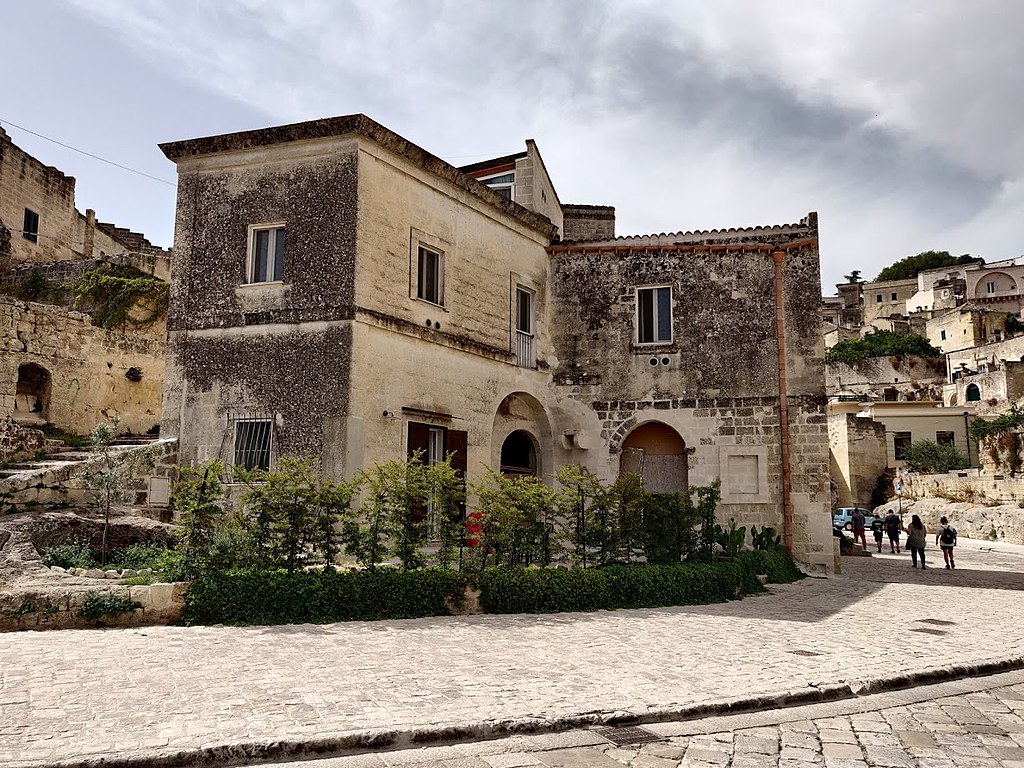 Camelia.boban, CC BY-SA 4.0, Wikimedia Commons
Camelia.boban, CC BY-SA 4.0, Wikimedia Commons
Oude Kerk, Amsterdam
The Oude Kerk ("Old Church") is one of Europe's oldest churches. It was constructed in Amsterdam in 1213, was used as a church for centuries, and was consecrated in 1306 by the Bishop of Utrecht. It is currently an art institute.
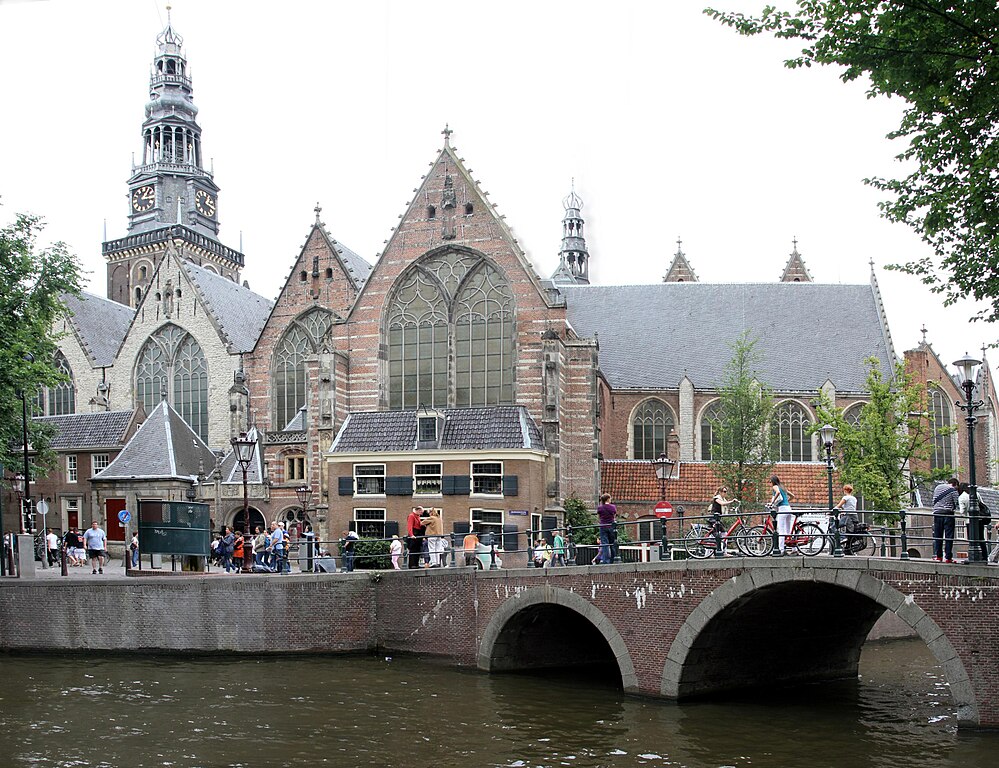 Gerd Eichmann, CC BY-SA 4.0, Wikimedia Commons
Gerd Eichmann, CC BY-SA 4.0, Wikimedia Commons
Palace Of The Isle, Annecy, France
The Palace of the Isle is a fortified house dating back to the 12th century. It was a military outpost on a triangular islet known as the Thiot Canal in the historical region of Annecy, France. The former fortress is now a museum and a prison.
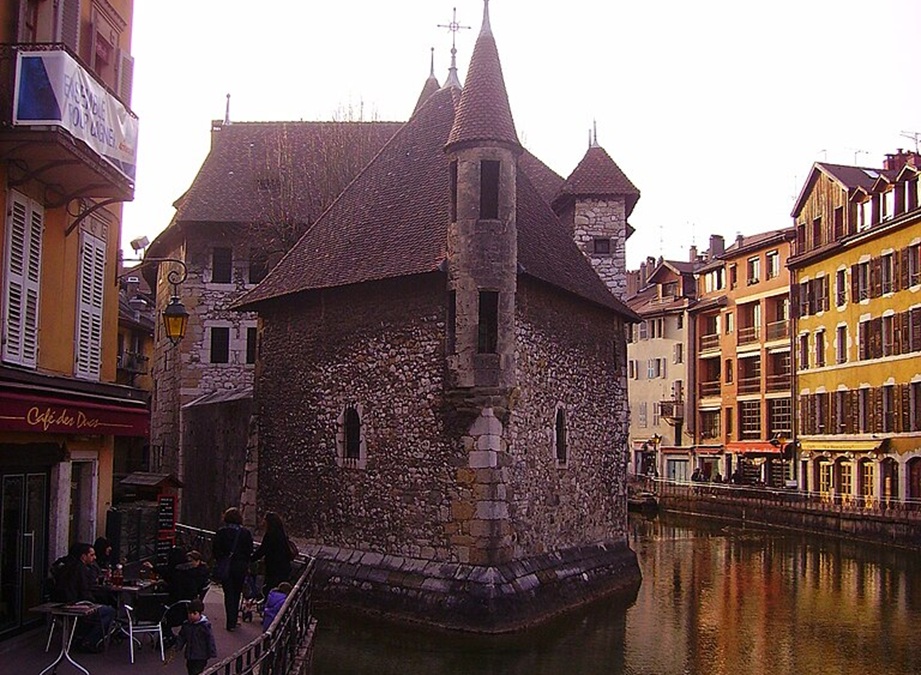 Zairon, CC BY-SA 3.0, Wikimedia Commons
Zairon, CC BY-SA 3.0, Wikimedia Commons
11 Stoelstraat, Antwerp, Belgium
Stoelstraat, located at number 11 in Antwerp's historic quarter, is home to the city's oldest wooden house. Built in 1480, it has survived six major conflicts over the past five centuries.
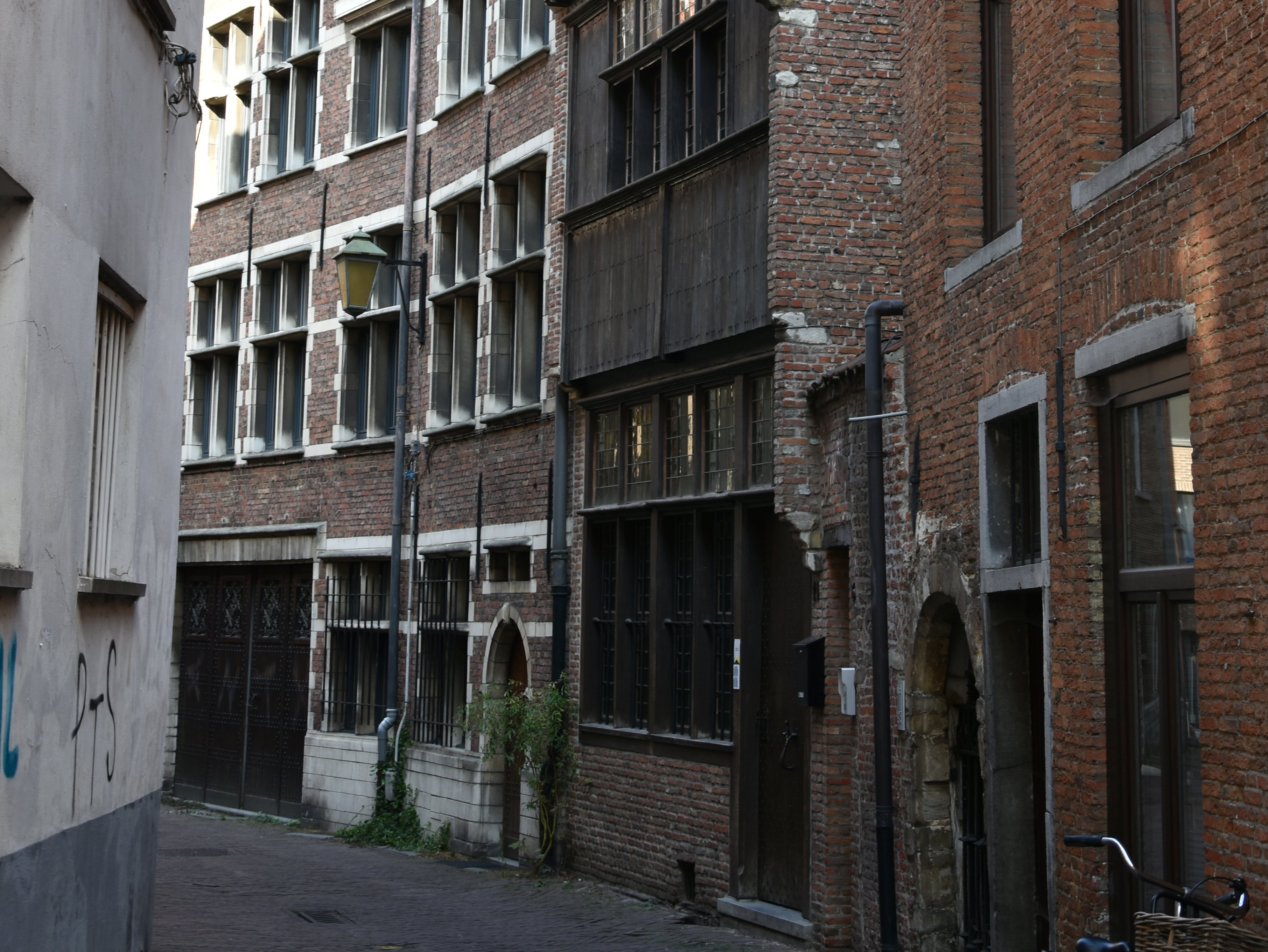 Paul Hermans, CC BY 4.0, Wikimedia Commons
Paul Hermans, CC BY 4.0, Wikimedia Commons
9 Getreidegasse, Austria
This Austrian townhouse used to belong to the family of Wolfgang Amadeus Mozart. He was born there on January 27, 1756, but the building has stood since the 12th century. It's now a bright yellow museum known as "Mozart's Geburtshaus" or "Mozart's Birthplace".
Traquair House, Scotland
Originally used as a hunting lodge for Scotland's kings and queens, it was first constructed as a fortified mansion during the 12th century. I guess the thinking was that the king was more vulnerable when hunting and guarded by a smaller group of men. Alexander The Fierce was the first Scottish king to stay there.
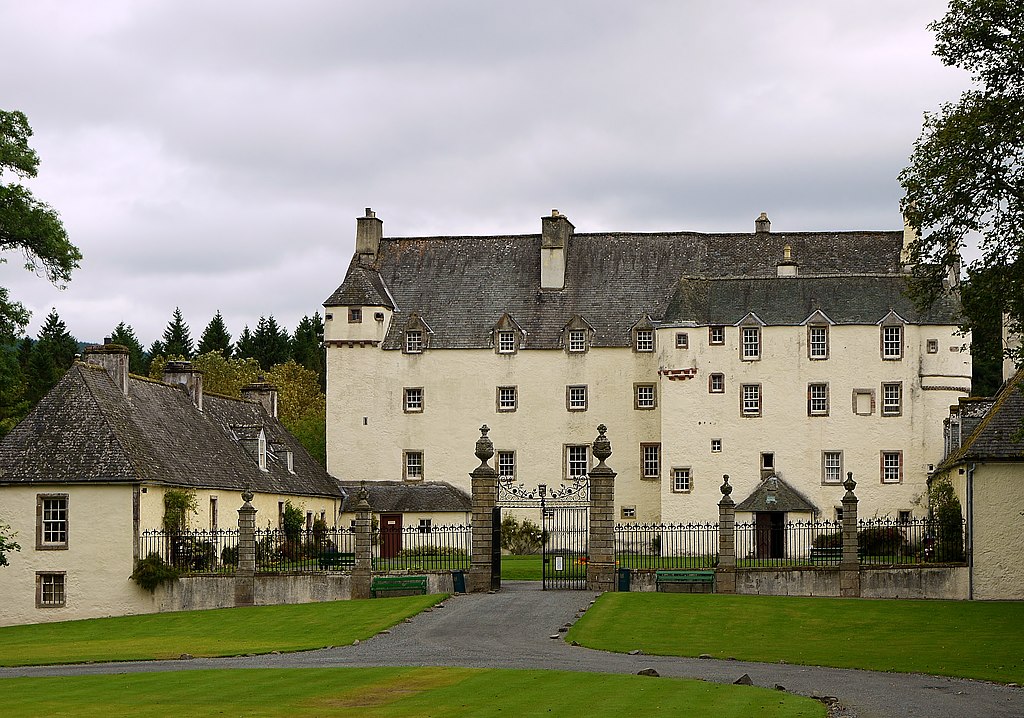 Graham Laird, CC BY-SA 3.0, Wikimedia Commons
Graham Laird, CC BY-SA 3.0, Wikimedia Commons
Pantheon, Rome
One of Rome's best-preserved buildings is the Pantheon, built by Emperor Hadrian around AD 126. Its dome is the world's largest unreinforced concrete dome. The Pantheon was a temple before it became a Catholic Church in the 7th century and has been continuously used throughout its history.
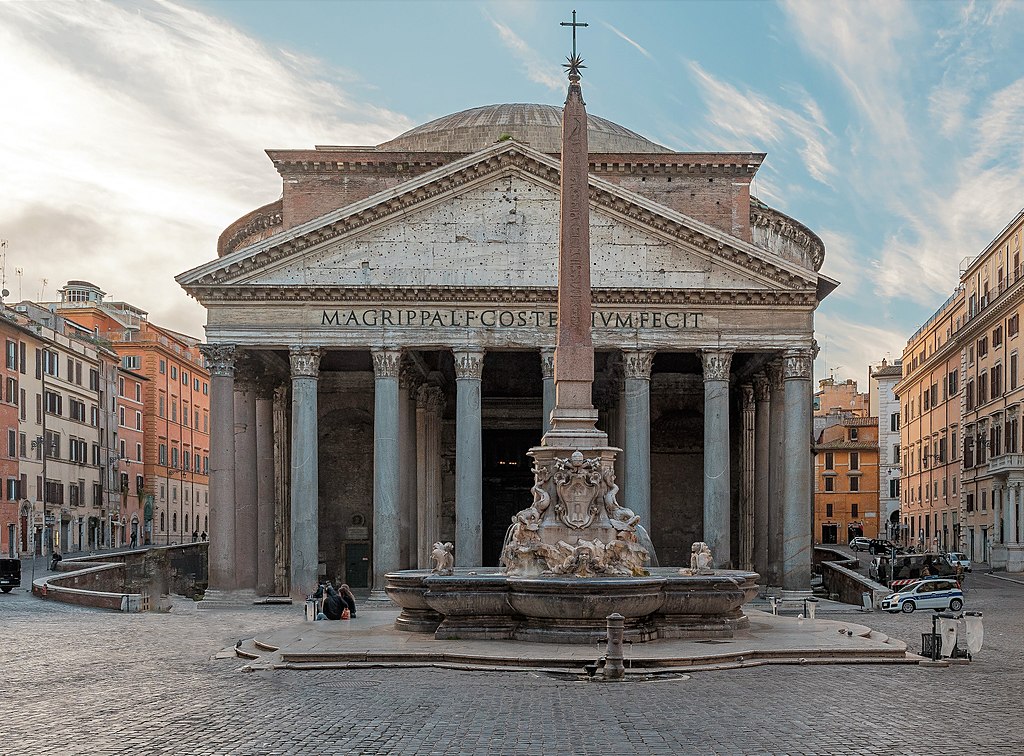 Rabax63, CC BY-SA 4.0, Wikimedia Commons
Rabax63, CC BY-SA 4.0, Wikimedia Commons
Arlington Row, Gloucestershire, England
A small row of stone cottages, known as Arlington Row, lies in the countryside of Gloucestershire, England. Built around 1380, they were there since the 14th century to house the Arlington Mill's workforce. The cottages are now empty and owned by the National Trust.
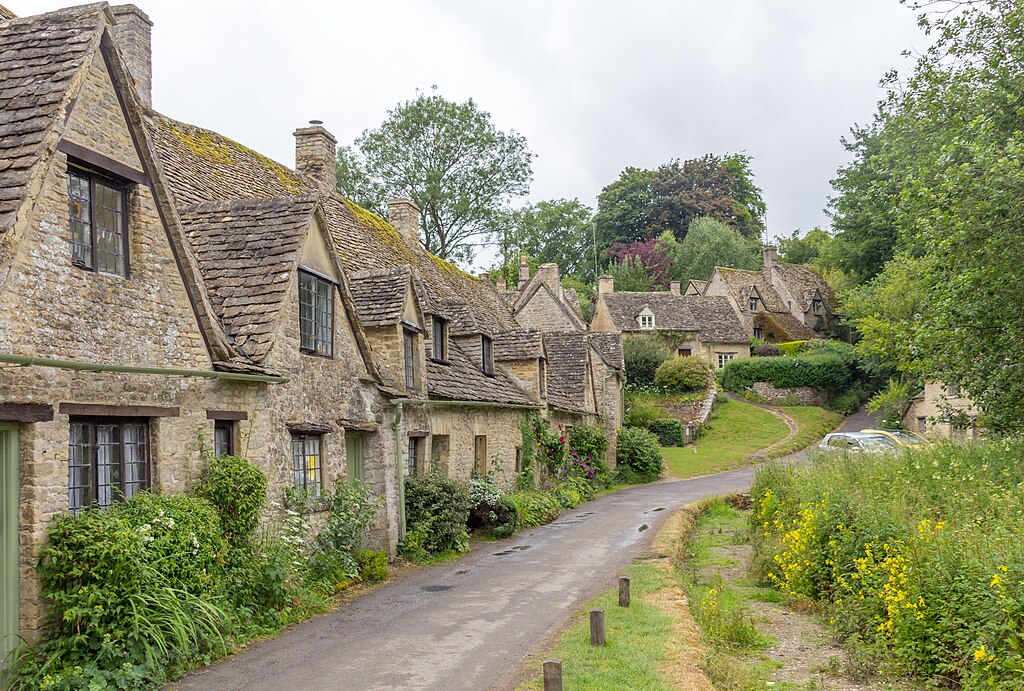 Mike Peel, CC BY-SA 4.0, Wikimedia Commons
Mike Peel, CC BY-SA 4.0, Wikimedia Commons
Lujanes House & Tower, Madrid, Spain
The Lujanes House and Tower in Madrid have existed since the 15th century. Alvaro de Lujan and his family built it in 1496. In 1866, the home was converted into an educational institute, and it is now the headquarters of the Royal Academy of Moral and Political Sciences.
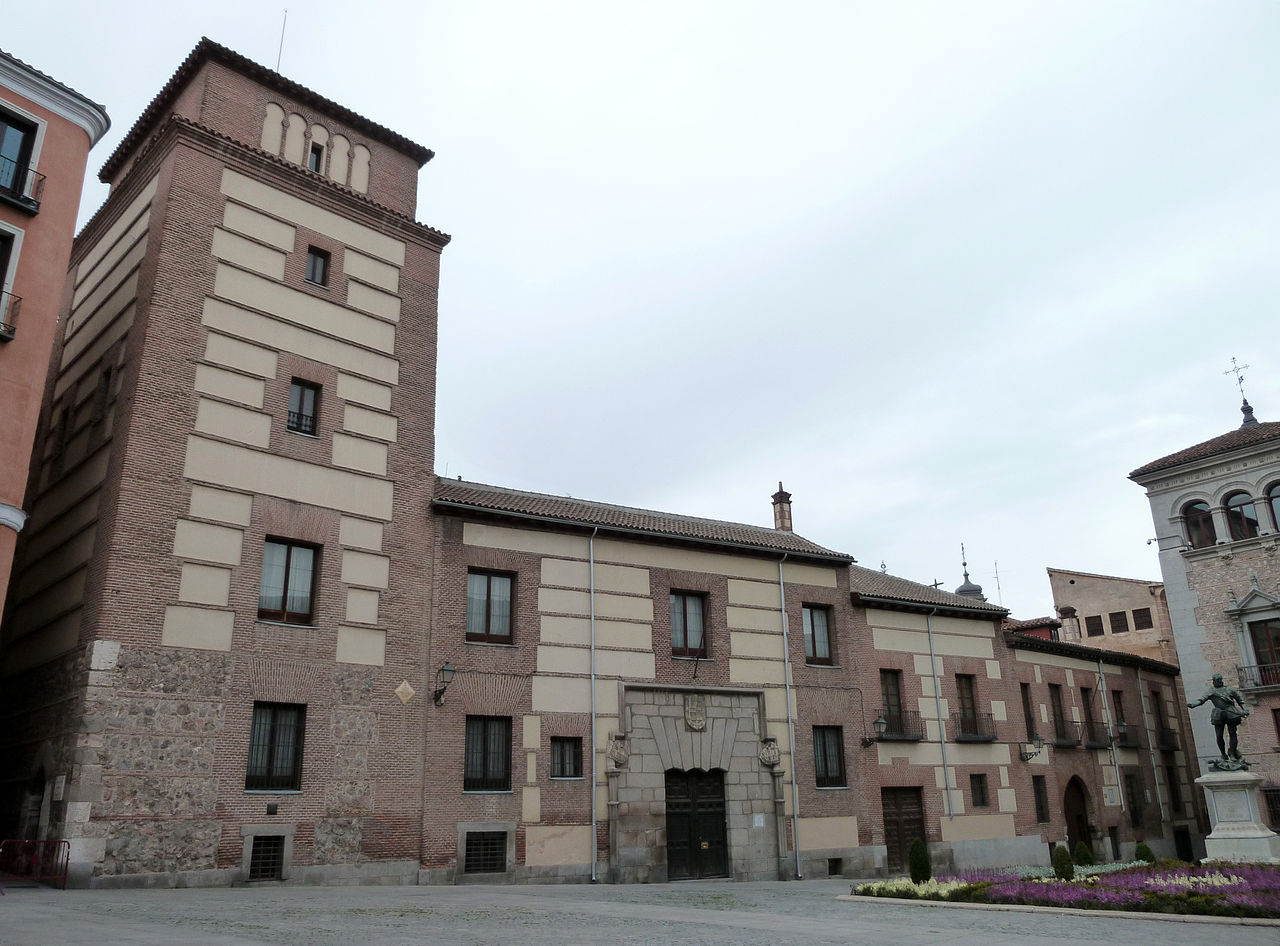 Luis García, CC BY-SA 3.0, Wikimedia Commons
Luis García, CC BY-SA 3.0, Wikimedia Commons
The Oldest House In Athens
The Benizelos Mansion in Athens dates back to the 16th century and was likely built for the Italian nobility. Now known as the House of St Philothea, the building is a museum.
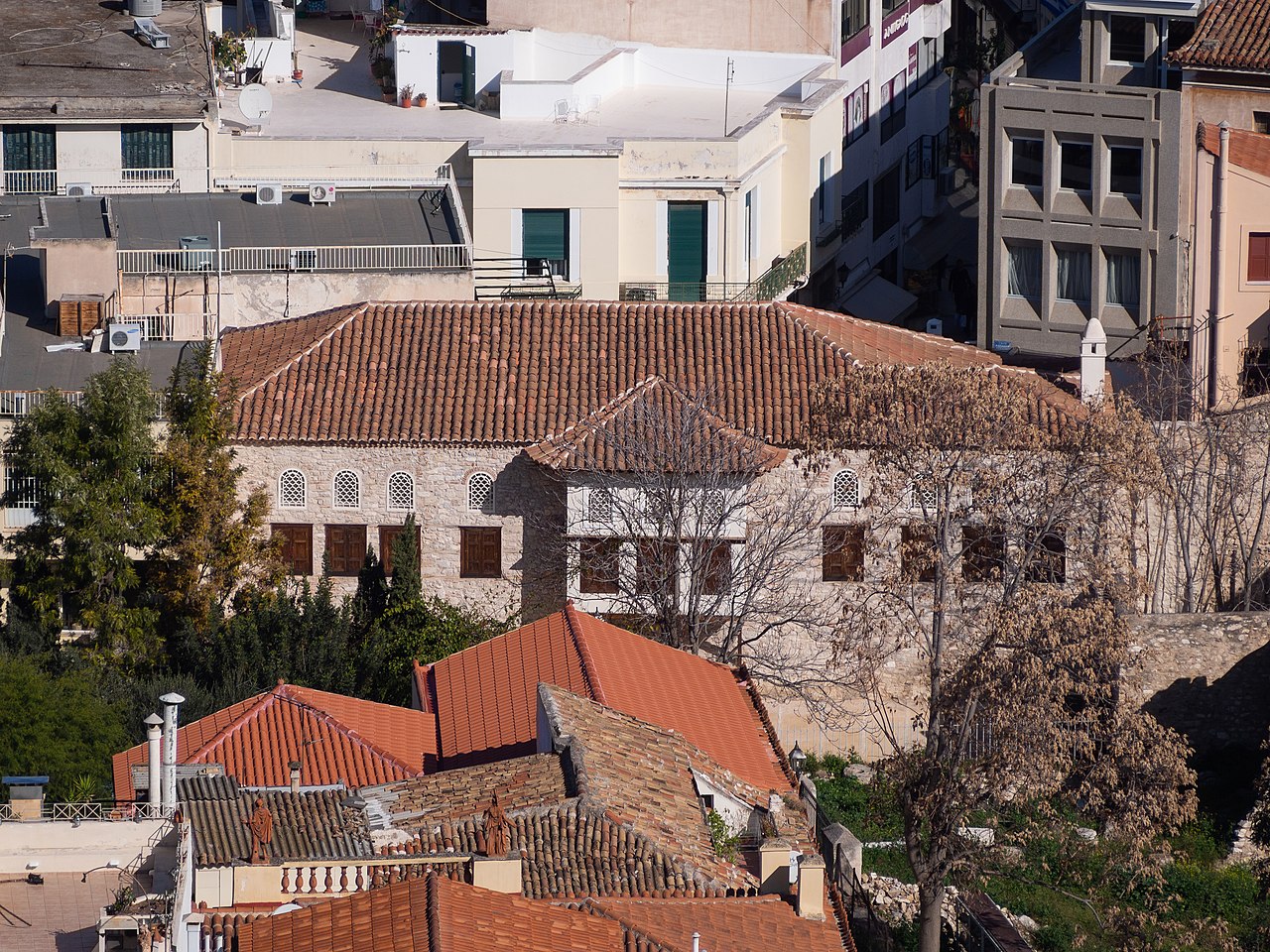 C messier, CC BY-SA 4.0, Wikimedia Commons
C messier, CC BY-SA 4.0, Wikimedia Commons
Ribe Town Hall, Denmark
Ribe Town Hall, built in 1496 near Denmark's Wadden Sea, was purchased by the municipality in 1709 and used as a town hall until 2007.
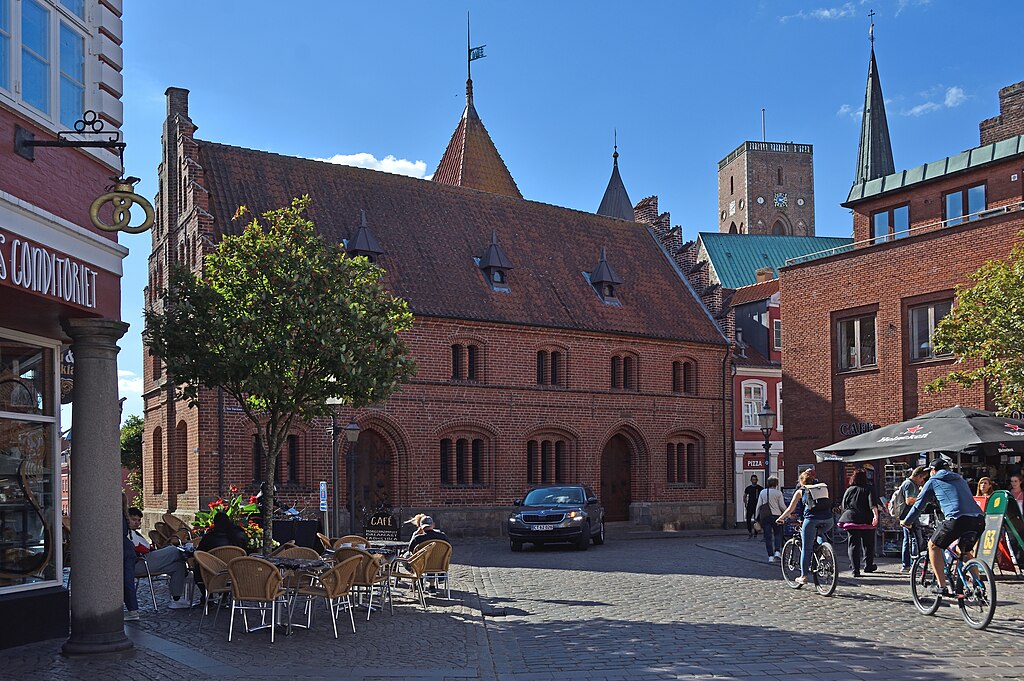 Ludvig14, CC BY-SA 4.0, Wikimedia Commons
Ludvig14, CC BY-SA 4.0, Wikimedia Commons
The Grill House, Stockholm, Sweden
The Grill House, owned by the family of Swedish goldsmith Anthony Grill for more than 200 years, underwent remodeling in 1649 but dates back to the Middle Ages. Ironically, it is now a grilling restaurant, bakery, and deli.
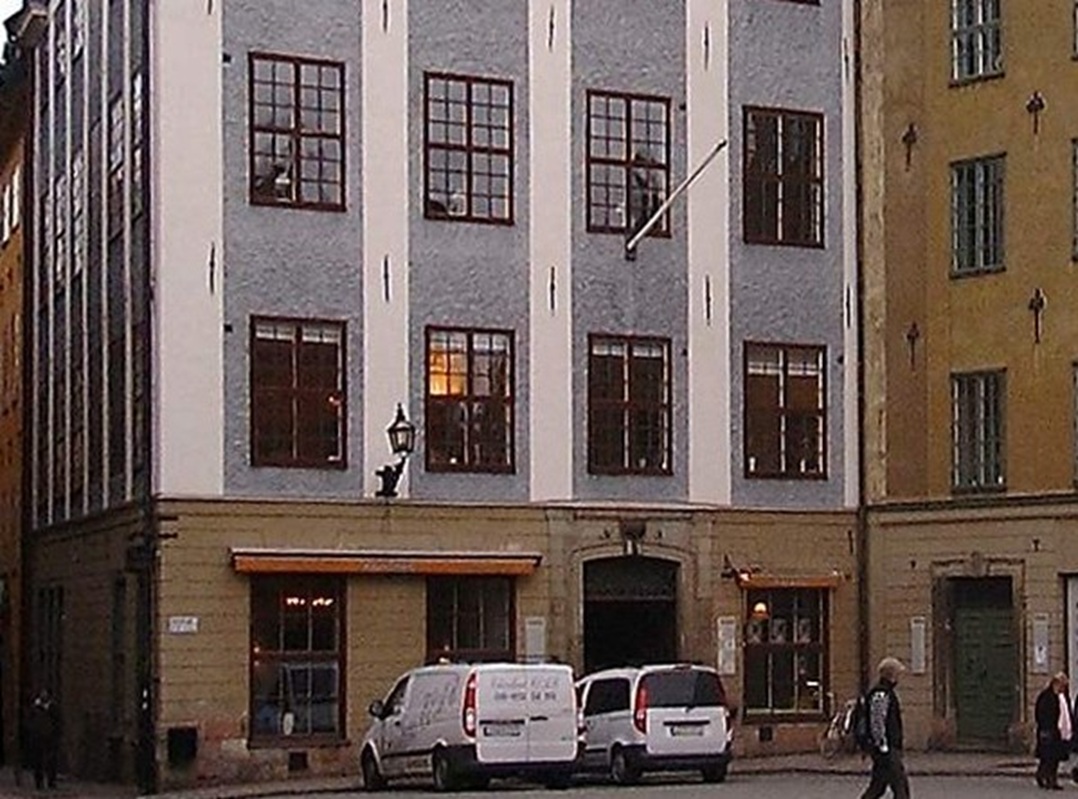 Mats Halldin, CC BY-SA 3.0, Wikimedia Commons
Mats Halldin, CC BY-SA 3.0, Wikimedia Commons
Palazzo Falson, Malta
The Palazzo Falson, or the Norman House, is a historic home in Mdina, Malta. Built for the Maltese nobility of the Falsone family around 1495, the home is now a museum with 17 rooms. The Palazzo Falson was built on a 13th-century structure incorporating architecture such as Roman columns.
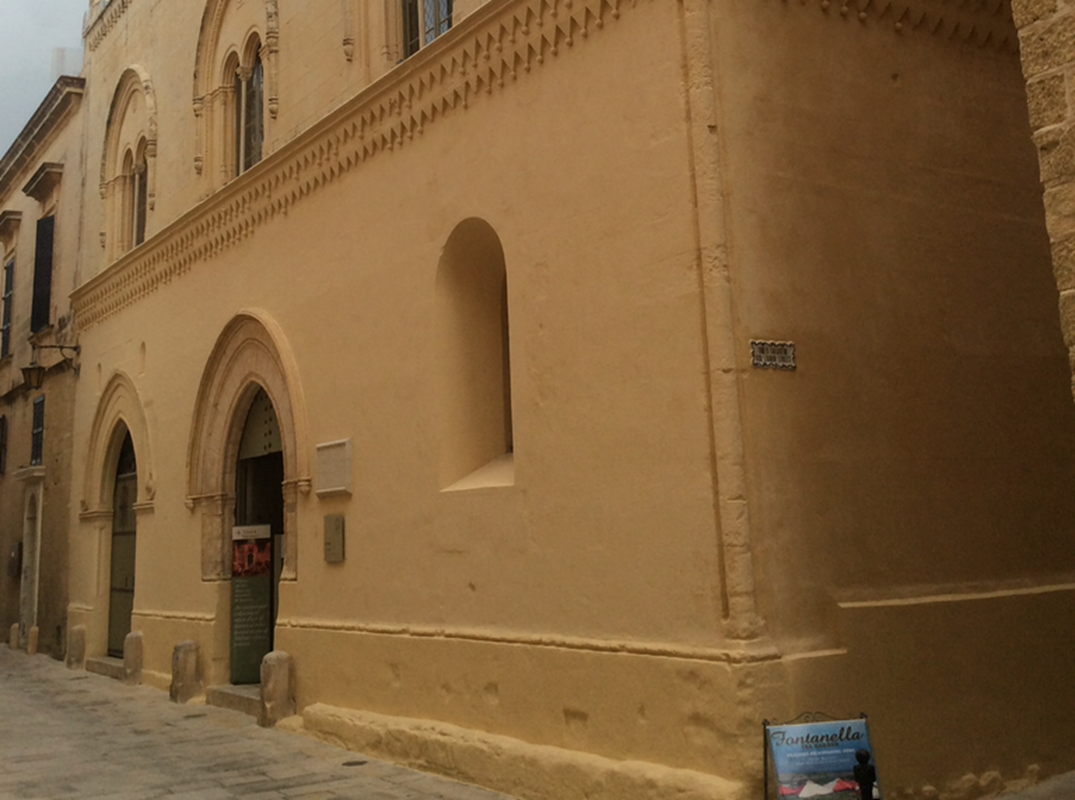 Continentaleurope, CC BY-SA 3.0, Wikimedia Commons
Continentaleurope, CC BY-SA 3.0, Wikimedia Commons
Seeji Maja, Parnu, Estonia
The oldest still-standing building in Parnu, Estonia, was built in 1658 on the foundations of a former church almshouse—housing built by the church for poor people. Since then, the building has become a restaurant and a hotel.
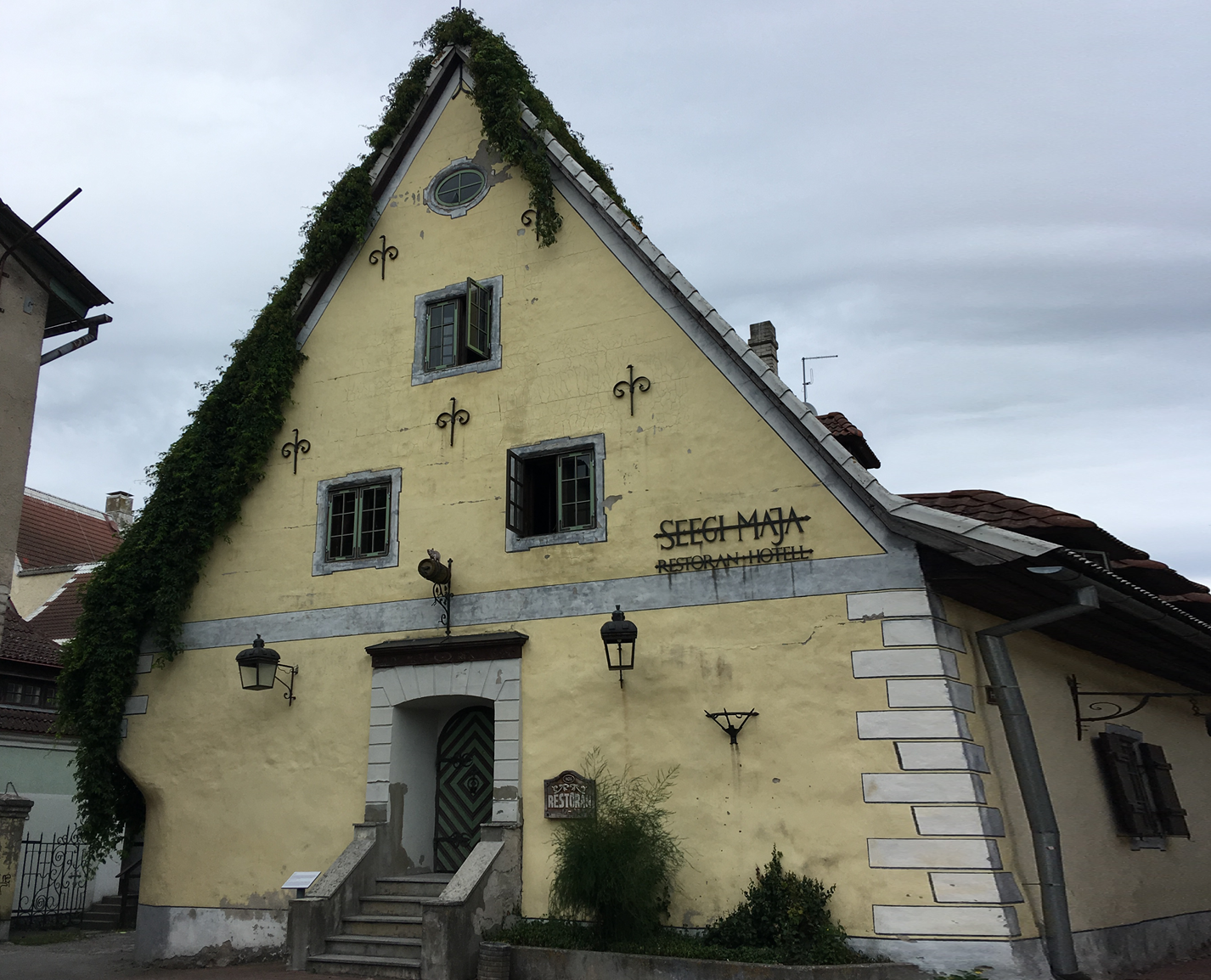 Sergei Gussev, CC BY 2.0, Wikimedia Commons
Sergei Gussev, CC BY 2.0, Wikimedia Commons
The Stone Bell House, Prague, Czech Republic
The Stone Bell House, dating back to 1363 and now home to the Prague City Gallery, is named after the strange stone bell embedded in the exterior corner of its facade.
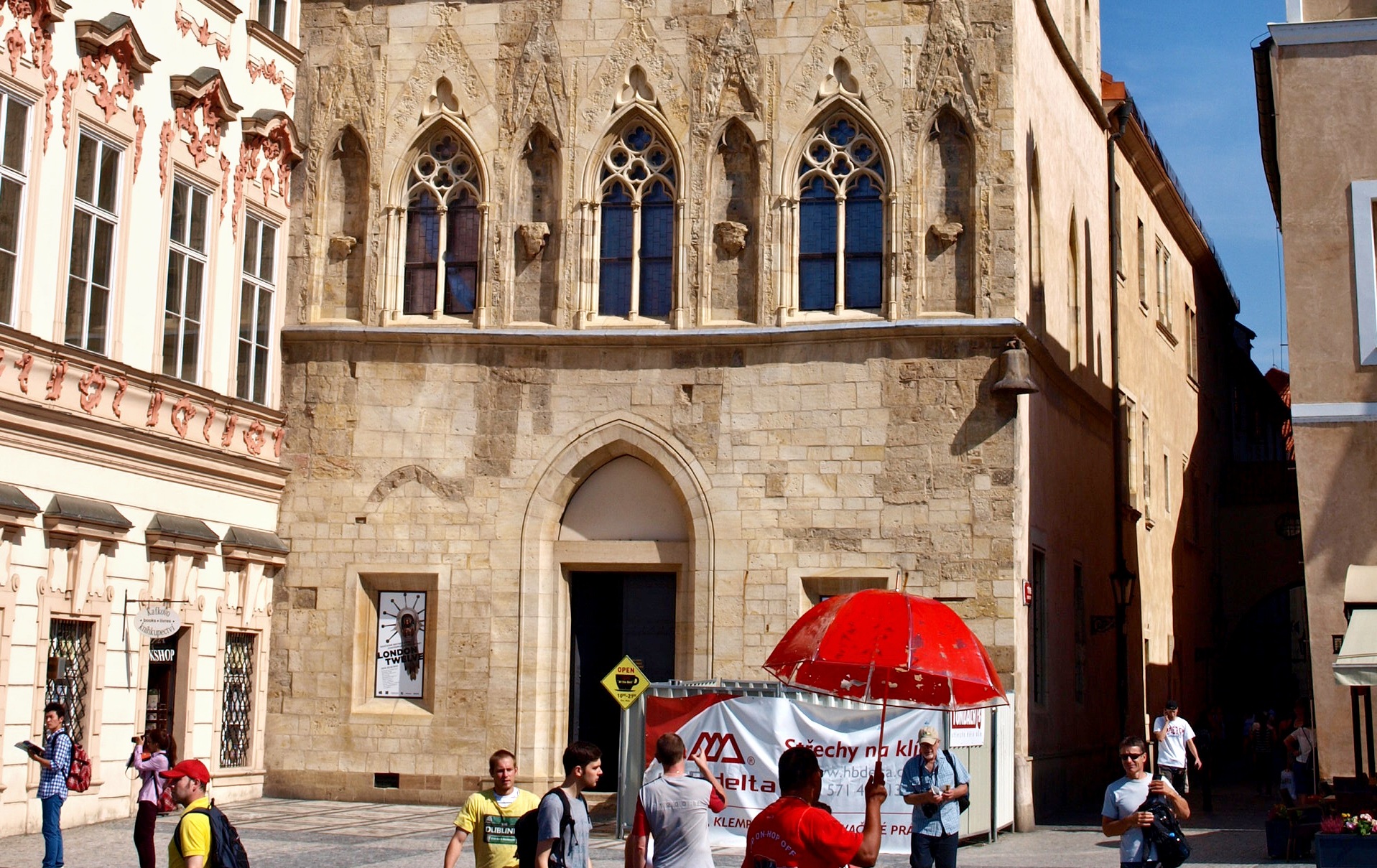 VitVit, CC BY-SA 4.0, Wikimedia Commons
VitVit, CC BY-SA 4.0, Wikimedia Commons
Bosch House, Ljubljana, Slovenia
Located in Ljubljana's Fish Square, Bosch House was first built in 1524 by Carniolan politician Wolfgang Bosch, who became Mayor of Ljubljana. Today, the home is unoccupied but bears a stone plaque with Bosch's name and coat of arms.
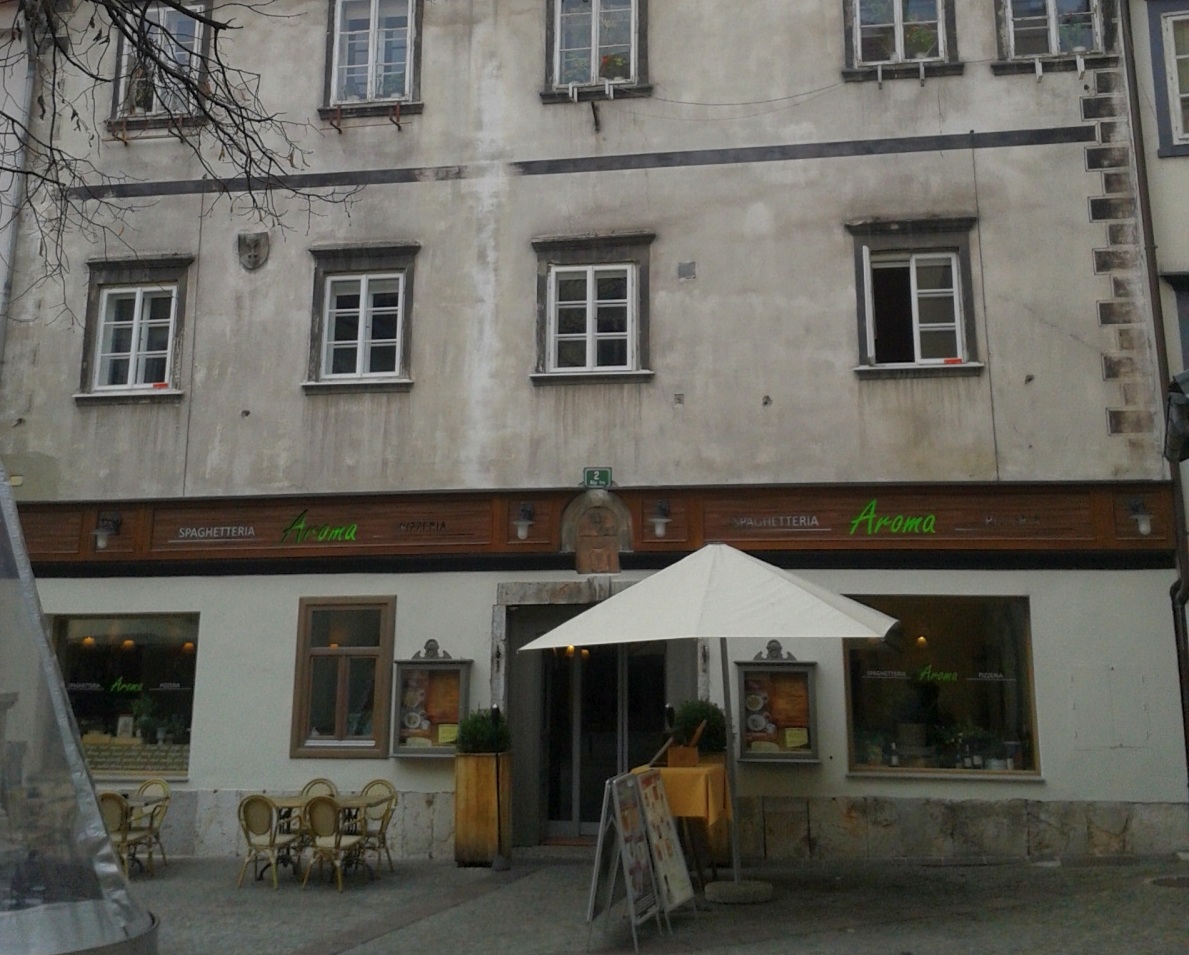 Eleassar, CC BY-SA 3.0, Wikimedia Commons
Eleassar, CC BY-SA 3.0, Wikimedia Commons
Lady Row, Goodramgate, York
Several medieval houses, built in 1316, stand atop a row of commercial buildings on a street known as "Lady Row" in Goodramgate, York, England. These homes are some of the oldest dwellings in the county and the country.
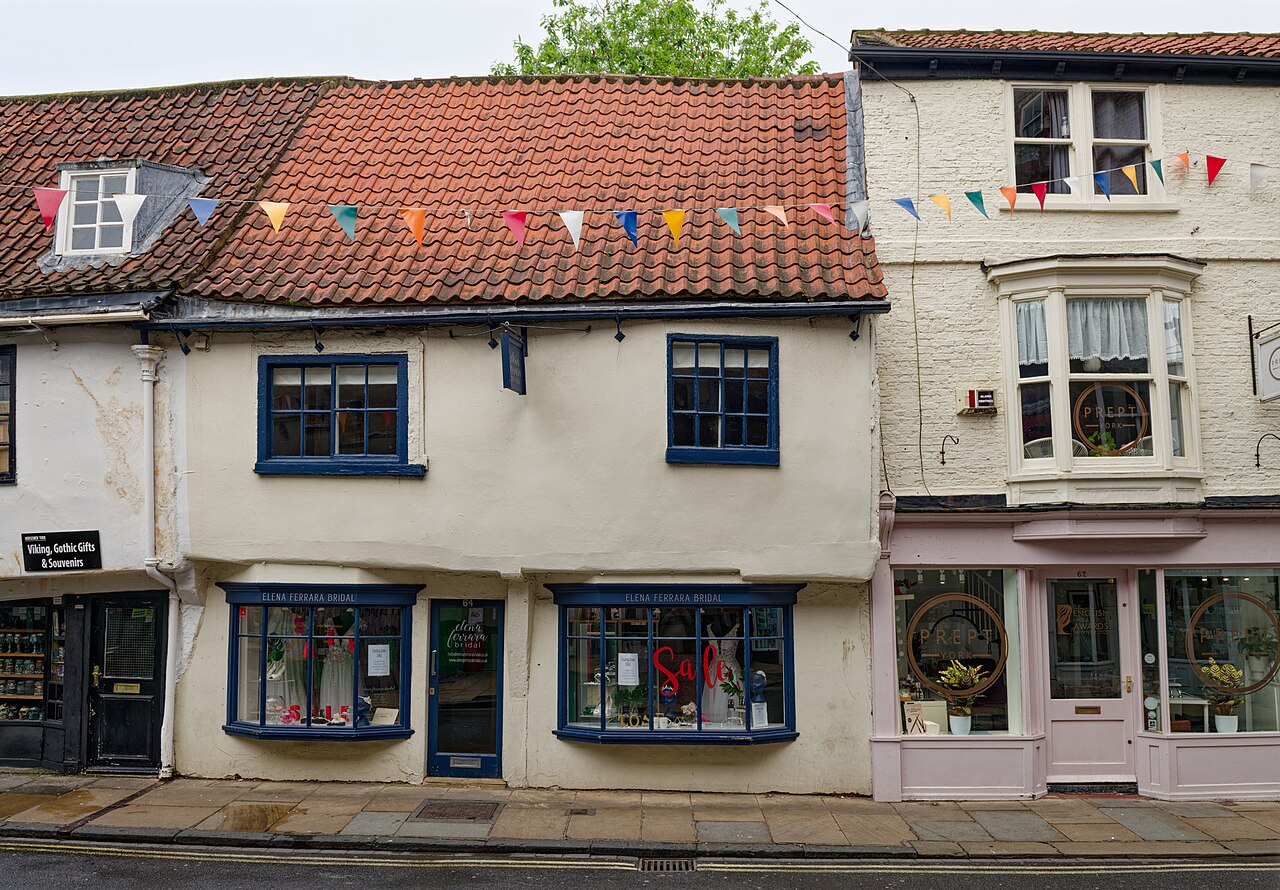 Tilman2007, CC BY-SA 4.0, Wikimedia Commons
Tilman2007, CC BY-SA 4.0, Wikimedia Commons
The Cairn Of Barnenez, Brittany, France
One of the oldest structures in Europe is the Cairns of Barnenez, a set of stone structures built during the Neolithic Period, about 4800 BC. The cairns are located in northern Finistére in Brittany, France, and are one of the oldest manmade structures in the world.
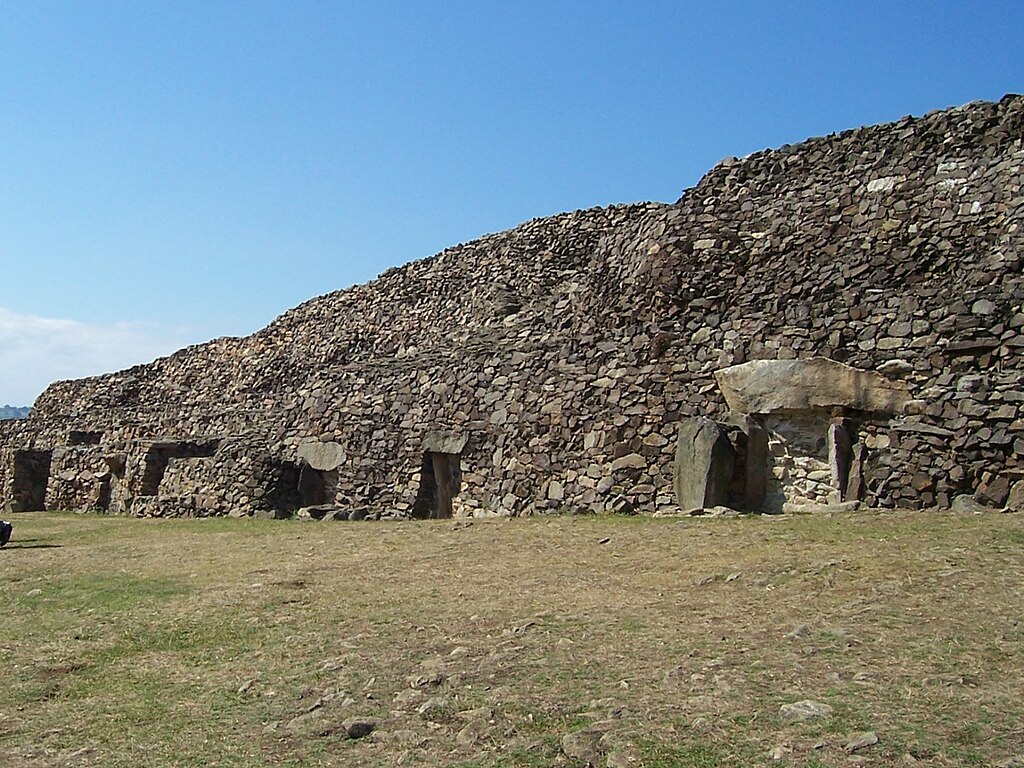 NewPapillon, CC BY-SA 3.0, Wikimedia Commons
NewPapillon, CC BY-SA 3.0, Wikimedia Commons
Newgrange Tomb, Meath, Ireland
This spectacular circular tomb was recognized as a UNESCO World Heritage Site in 1993 and is thought to date back to the Neolithic period, with the monument predating Stonehenge and the Pyramids of Giza. There's a winter solstice phenomenon where sunlight shines directly through a rooftop box that illuminates the inner passage of the tomb.
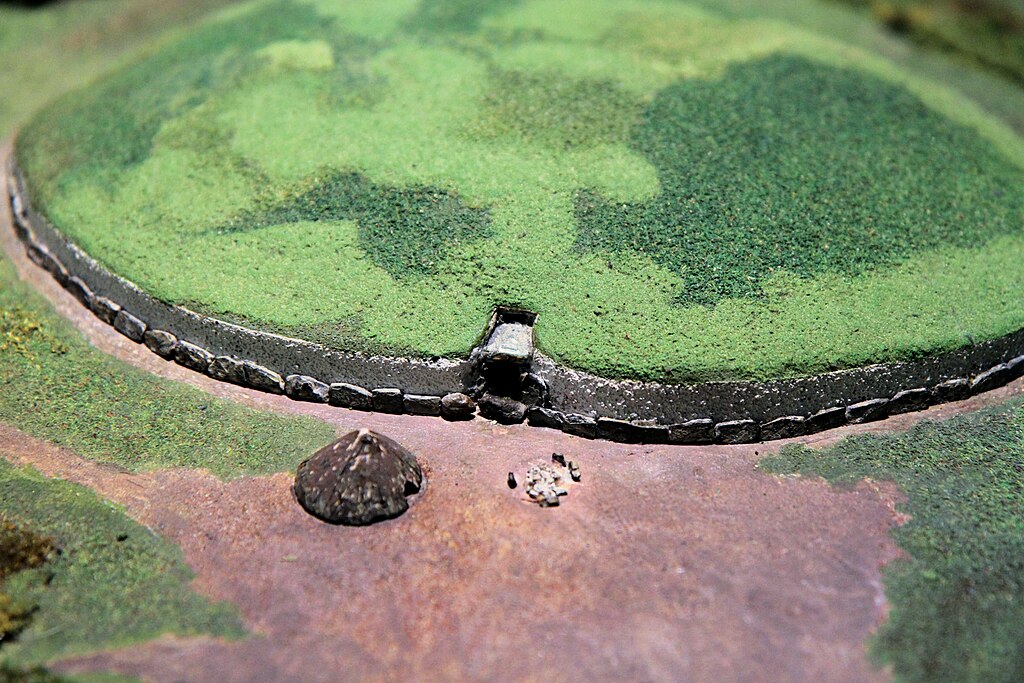 Guy Renard, CC BY 2.0, Wikimedia Commons
Guy Renard, CC BY 2.0, Wikimedia Commons
Tarxien Temples Of Malta
The Megalithic Temples of Malta are located in southern Malta and are among Europe's oldest freestanding stone structures. The temples date back to the 4th century BCE and are thought to belong to the Tarxien people. Although some structures were destroyed during World War II under heavy German bombardment, many of them remain.
 Kritzolina, CC BY-SA 4.0, Wikimedia Commons
Kritzolina, CC BY-SA 4.0, Wikimedia Commons
What Happened To The Tarxien People Who Built The Megalithic Temples Of Malta?
Another question that remains is: What happened to the Tarxien people? The Tarxien temples were excavated in the early 20th century, but no real clues as to what happened to the people who built them were uncovered. The community seemed to vanish without a trace.
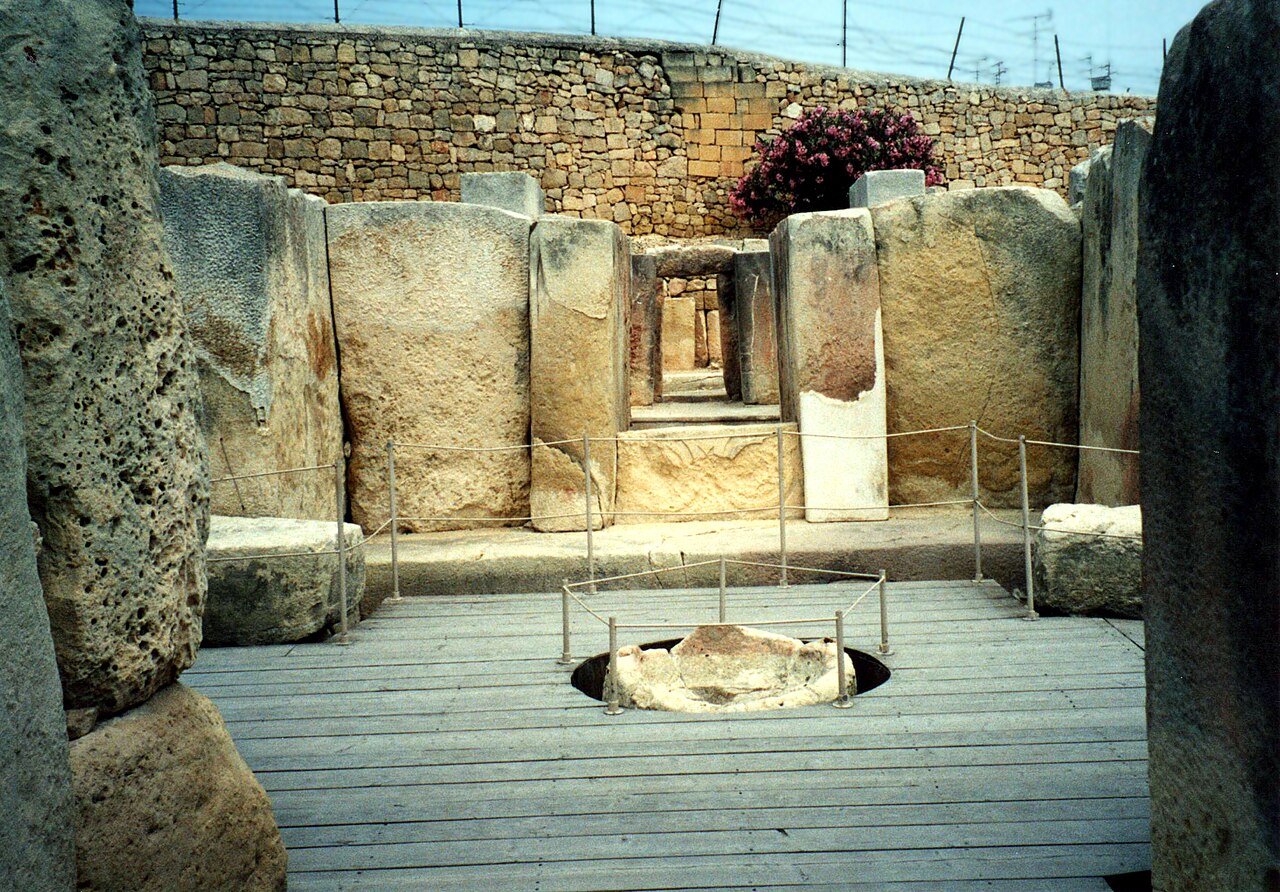 Michael Gunther, CC BY-SA 4.0, Wikimedia CommonsYou May Also Like:
Michael Gunther, CC BY-SA 4.0, Wikimedia CommonsYou May Also Like:
Things Americans Think Are Normal But No One Else Gets
The Dark Truth About Guantanamo Bay
Archaeologists Discovered The Lost Palace Of The Last Saxon King


